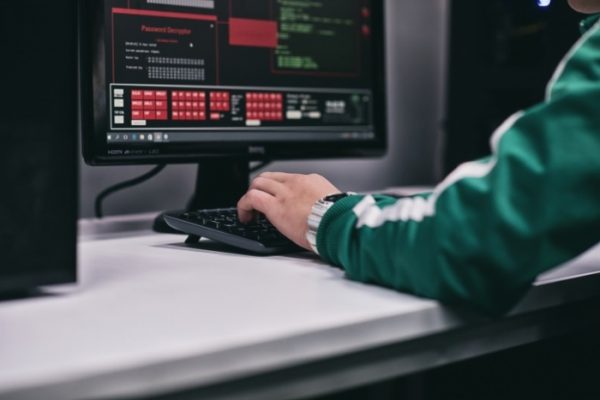Area: machine learning and artificial intelligence
Different and often new strategies in machine learning, image processing and pattern recognition cause that these areas are constantly developing in the theoretical layer as well as in practical implementations. In our research group we are looking for people who are interested in machine learning and artificial intelligence mainly developed/used for biometrics, support of medical decision in ophthalmology, blood analysis, signal processing and many others. These endeavors can be realized by post-docs with high skills in programming, mathematics, statistics and algorithms building. We are most interested in people with knowledge of the theory and practice of classification and artificial intelligence domain. This basic knowledge allows constructing the new models of single and ensemble classifiers, and finally validating and testing the hypotheses by means of own as well as benchmark datasets. Candidates to work should present CV with list of mentioned above experiences.
Area: sensors technology and data transmision
Recent developments in smart sensor technology have opened new perspectives for advanced applications of wireless sensor networks (WSNs) in many domains including healthcare, automation, infrastructure, and environment. The smart sensor nodes in WSN enable complex processing and analysis of sensed data with increased computational power. WSNs have become an important part of 5G mobile technology that open new perspectives for advanced applications of smart sensors in future Internet of Things.
Typical WSNs are composed of nodes that sense their environment by using built-in sensors and transmit the sensor readings to a sink node. In contrast, smart sensor nodes have an additional ability to process the collected data, make decisions, and recognize relevant events based on the sensed information before sharing it with other nodes. Instead of transmitting raw data readings, the smart sensor nodes report the detected events. Moreover, to recognize the important events in larger regions, many smart nodes must cooperate.
The research objective is to develop new algorithms for detecting events by smart sensor nodes in a cooperative way. The key issue in applications of WSNs is the limited lifetime of battery-powered sensor nodes. Thus, the new algorithms for smart sensor nodes have to effectively utilize the energy resources.
Area: geometrical multiresolution image representations
Geometrical multiresolution sparse representations are very efficient in image coding and processing. Going beyond the known wavelets theory this wide area of research is related to such families of functions like wedgelets, beamlets, multiwedgelets, smoothlets, curvelets, shearlets, brushlets, etc. Recently, also the compressed sensing theory has emerged which allows for efficient sensing sparse and compressible signals. Since its invention this theory has gathered many practical applications, also in image processing. We are looking for researchers in computer science both PhD students and post-docs who want to do the research in the area of geometrical multiresolution image representations applied to image processing. High skills of programming (including OpenCV) are recommended.






